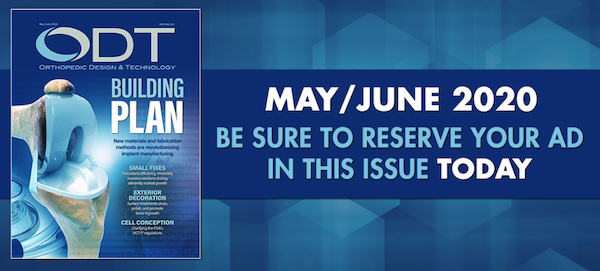Medicraft has been manufacturing delivery systems, cases, and trays for nearly 30 years. It’s known for on-time delivery, creative engineering, and a client-centric staff that’s easy to work with. This foundation has had a direct effect on its consistent growth, including our 2019 22,000 square foot facility expansion. Recently, our engineering director, Ian Trotman was interviewed by ODT Magazine to discuss the latest design and manufacturing trends in case and tray manufacturing. Below is the interview, which provides great insights on the topic:
How has your design and development work with device companies evolved over the years?
Trotman: Our creativity and ability to develop designs that support our customers’ brands and provide ease of use during surgical procedures have evolved and improved over the years. However, it’s the increase of regulatory requirements that continues to challenge our normal design-to-production timeline for both ourselves and the OEMs that we serve.
What trends do you see with design and prototyping? Upon what are they based?
Trotman: We’re seeing our customers move away from hybrid designs such as cases/trays made with a combination of plastic and sheet metal as well as vacuum formed designs. The sterilization efficacy of sheet metal is far greater than plastic because it dries faster and leaves no water spots or patches for bacteria to form upon. There’s also the high cost of molds costs associated with plastic and vacuum formed designs which increase if changes are made to a product line. We’re also seeing customers use the prototyping phase of a project to address not only the form, fit and function of a design, but also to understand the impact of regulatory requirements and how to best address or mitigate potential issues.
What one question would you like your customers to ask during the design phase?
Trotman: We’d like for them to ask, What can we do as a team to make it easier to meet both your budget and production timelines?
What advice would you give device companies on ways to shorten the time and decrease cost during the design and development phase?
Trotman: The number one piece of advice we would offer is implementing a design freeze. A design freeze is the point in product development where the design is considered “released or complete.” Sometimes we’re required to work on projects where the instrument design is not fully defined and changes can occur while cases are mid-design, this makes our job more challenging, time-consuming, and often adds to the final design costs. It will save time and money if instrument designs are fully defined before we start a project.

